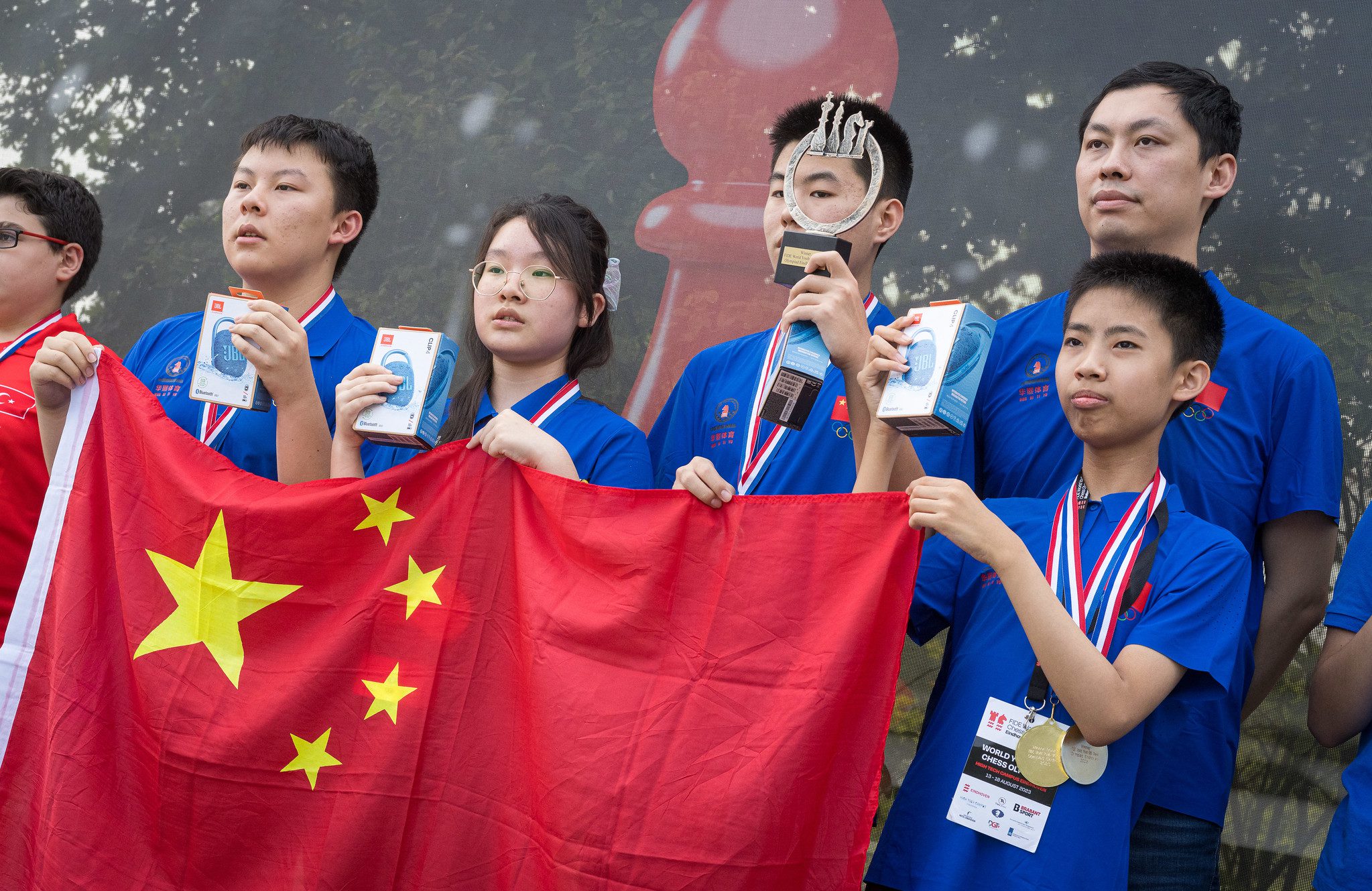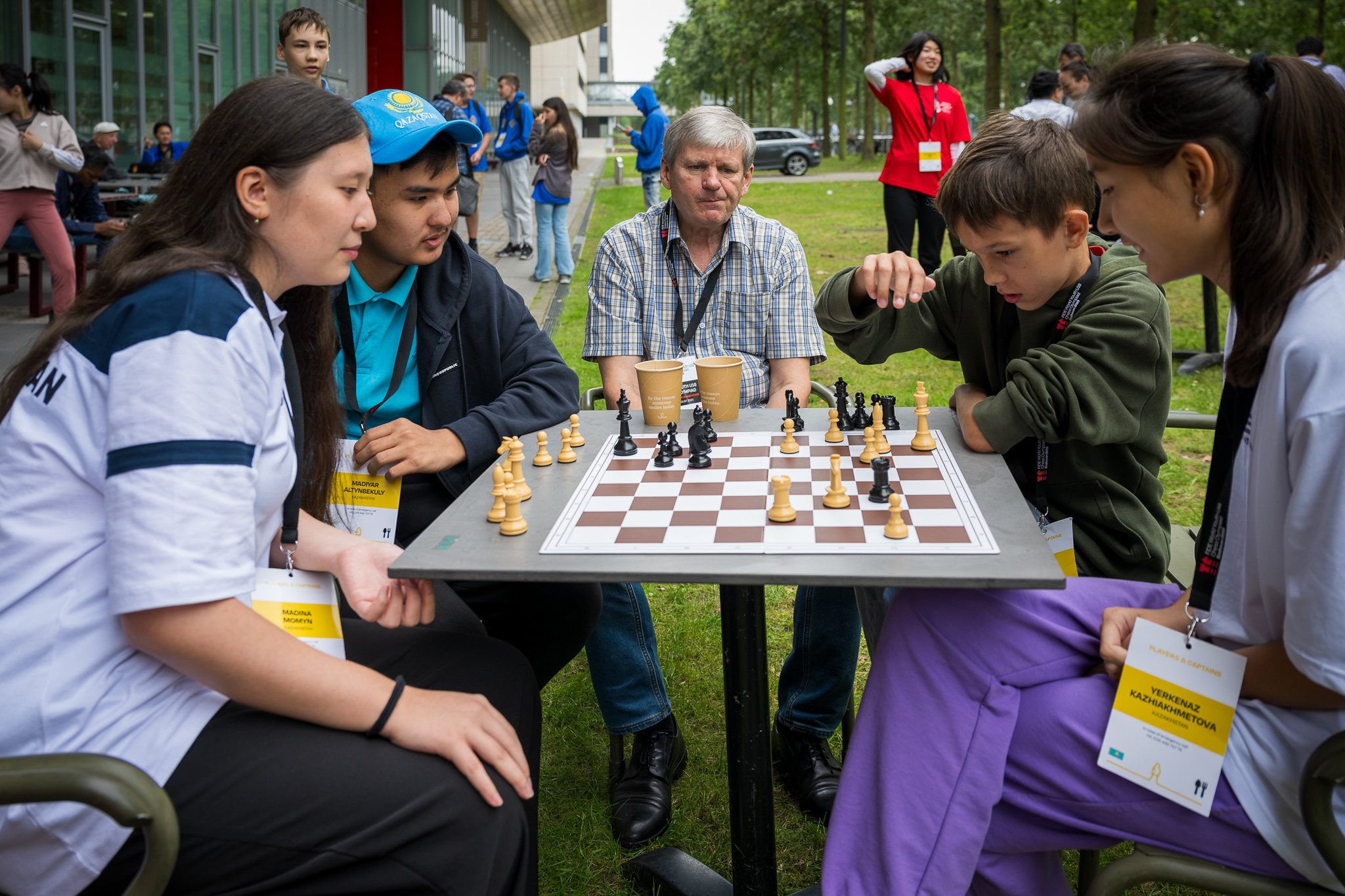Report by Michaël van Liempt
The final day of the Olympiad in Eindhoven has concluded. China had already secured victory after eight rounds and showcased their class by winning the last round as well, defeating Austria with a score of 3½-½. This remarkable achievement also earned all four players individual board medals. More on this later, but I must not forget to mention that Miaoyi Lu also won her final game, making her the only player in the entire tournament to achieve a perfect 100% score.
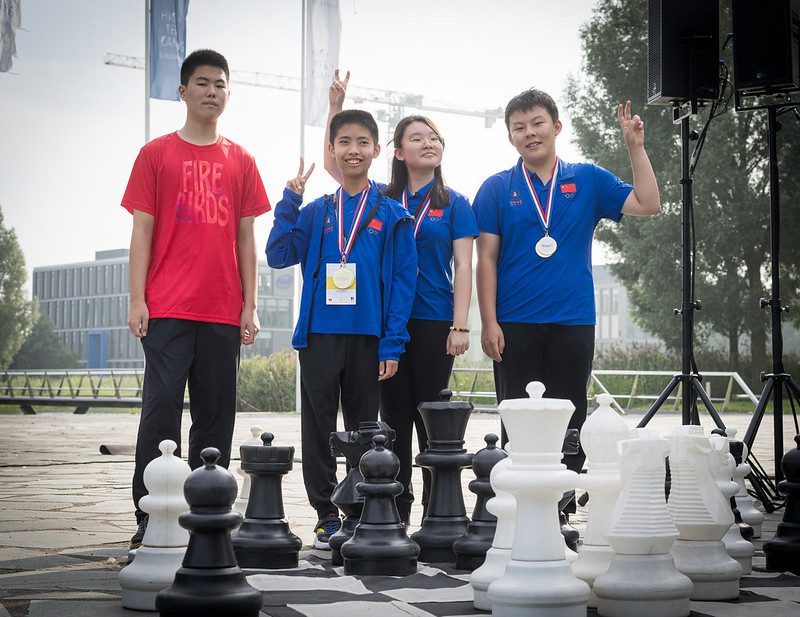
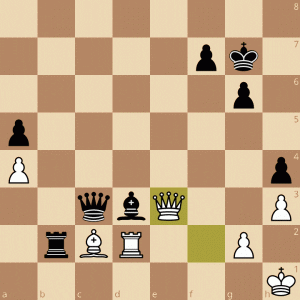
Robert Ernst – Xiangrui Kong
Black had been winning for a while, but the finishing blow was still awaited. It arrives here:
35…Rxc2 Rxd3
After 36.Rxc2, Black plays 36…Rxc2, and after 36.Qxd3, 36…Rxd2 follows.
36…Rc1+ 37.Kh2 Qb8+ 38.g3 hxg3+ 39.Qxg3
The question marks assigned to this move by engines are unnecessary. This move speeds up the end.
39…Qc2+
White resigned, as after the forced 40.Qg2, the rook on d3 falls.
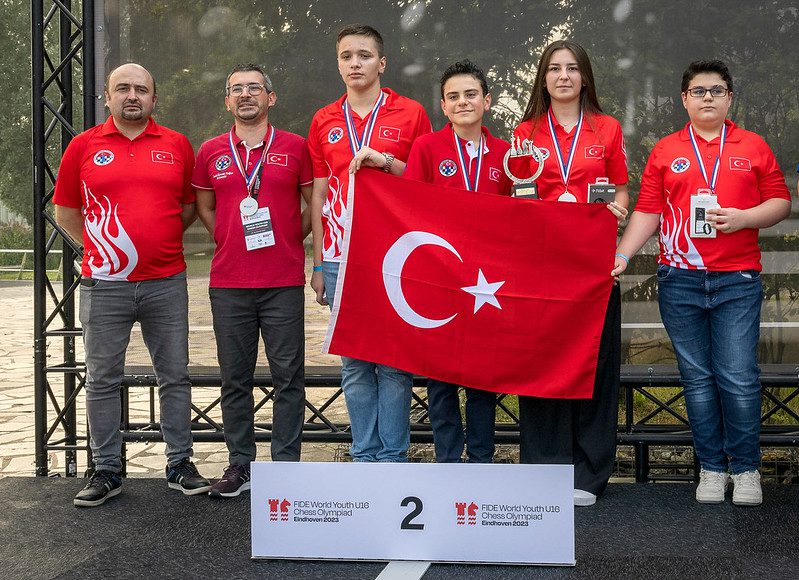
The battle for second place was won by Turkey. In the final round, they defeated Kazakhstan 2 with a score of 3-1. The game between Ediz Gurel and Ergali Suleimen was a beautiful short attacking game.
Ediz Gurel – Ergali Suleimen
1.e4 c5 2.Nf3 Nc6 3.Bb5
The Rossolimo Sicilian is one of the strongest weapons to bypass the Open Sicilian. Enthusiasts of the Accelerated Dragon or the Sveshnikov are encountering this variation more and more often.
3…g6 4.O-O Bg7 5.Re1 Nf6 6.Bxc6
Until now, White had concealed their central strategy. The voluntary exchange on c6 reveals this strategy: White’s pawns will be on light squares (d3, h3, a4), complicating Black’s development of the queen’s bishop. Simultaneously, White maintains the pawn on e4 and can develop their pieces quietly.
6…dxc6 7.d3 O-O 8.h3 Rb8
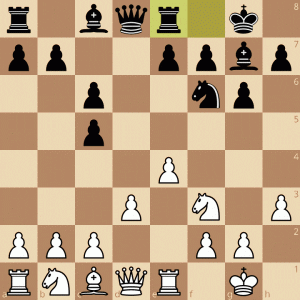
9.e5!
A strong continuation. White drives the knight away and prevents Black from counterbalancing the center with e7-e5. Meanwhile, square e4 becomes available for White’s queen’s knight.
9…Nd5 10.Nbd2 Nc7 11.Ne4 Ne6 12.a4 a5 13.Be3 b6 14.Qd2 Nd4 15.Bxd4!
This exchange is quite uncomfortable for Black. Black has to recapture with the pawn, and although it seemingly has the advantage of resolving its doubled pawns and enabling the light-squared bishop to enjoy the long diagonal, the result is the creation of a very static pawn structure on the queen’s side. This is bad news for the bishop pair.
15…cxd4 16.Qf4 c5 17.Nfg5 Rf8
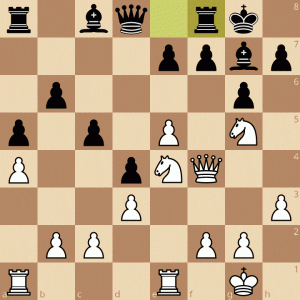
White has achieved a solid attacking position, and this is the moment to reap its rewards.
18.Nxh7! f6
Black wasn’t interested in 18…Kxh7 19.Ng5+ Kg8 20.Qh4 Re8 21.Qh7+ Kf8 22.e6, and after 22…Lxe6 23.Rxe6, Black cannot play 23…fxe6 due to 24.Qxg6 Kg8 25.Nxe6 followed by mate.
19.Nxf8 g5 20.Qf3
And Black resigned.
The bronze medal went to Greece. Their top board player, Dimitrios Makridis, who had a score of 7½ out of 8 before the final round, faced Azerbaijani Read Samadov, who also had the same impressive score. The game ended in a calm draw:
Read Samadov – Dimitrios Makridis
1.d4 Nf6 2.c4 e6 3.Nf3 d5
A commonly used move order by Black players who wish to avoid the Exchange Variation of the Queen’s Gambit, in which White positions themselves with e3, Ne2, and later f3. Since the knight has appeared on f3, this setup is less likely.
4.g3 dxc4
Also principled: now that White has indicated their intention to develop the bishop to g2, White must either accept a minor material disadvantage or find an alternative way to recapture the c4 pawn, different from the usual e3 and Bxc4.
5.Bg2 c6
Diminishes the influence of Bg2 over the long diagonal (and thus the center).
6.a4 Bb4+ 7.Bd2 a5 8.Qc2 Bxd2+
This move is also a subtle nuance, gaining a tempo compared to the capture one move earlier.
9.Qxd2
Recapturing with the knight is less likely because after 9.Nxd2 b5 10.axb5 cxb5, White doesn’t have a meaningful discovered attack, and the knight on d2 would have preferred to be on c3.
9…b5 10.axb5 cxb5
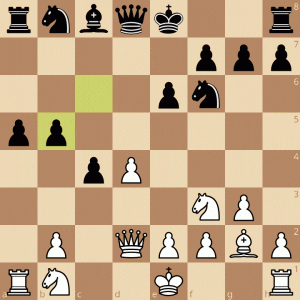
11.Qg5!
With this double attack, White regains the pawn.
11…0-0 12.Qxb5 Ra6 13.Qxa5 Bb7 14.Qxd8 Rxa1!
And again, this is the best for Black. After 14…Rxd8 15.Rxa8 Bxa8 16.Nc3, the c4 pawn remains weak and vulnerable.
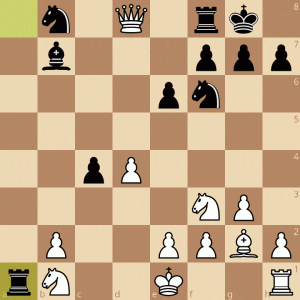
15.Qxf8+!
The only move. After 15.Qb6 Rxb1+ 16.Kd2 c3+! 17.Kxc3 (17.Kc2 Be4+ doesn’t alter the situation, whereas after 17.Kd3 Rxb2 White’s king will not find shelter from the cross-fire of Black’s pieces) Nd5+ 18.Kd2 Nxb6 19.Rxb1, Black emerges a piece ahead while maintaining the initiative.
15…Kxf8 16.O-O Ra2 17.Nbd2 Bxf3
With all pawns on one flank, bishops are not necessarily better than knights in open positions; possessing the bishop does not grant White any significant advantage.
18.Nxf3
18.Bxf3 is met by 18…c3!.
18…Rxb2 19.Rc1 Rxe2 20.Rc4 Nbd7
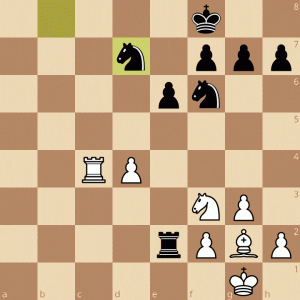
The dust has settled. What remains of the battlefield of the past ten moves is an equal endgame, which was drawn seven moves later. For the sake of completeness, here is the rest of the game:
21.Rc7 Rb2 22.h3 Rb8 23.Ne5 Nxe5 24.dxe5 Ng8 25.Bc6 g6 26.Ra7 Ne7 27.Ra5
Draw.
Kazakhstan 1 convincingly won with a score of 3½-½ against Armenia but narrowly missed out on the medals. Notably, the fourth board player, Alua Nurmanova, secured the bronze medal for Board 4 with a victory in the final round.
Netherlands 1 faced Georgia, the home country of WGM Keti Tsatsalashvili and also the country where the parents of FM/WIM Anna-Maja Kazarian come from. Both Twitch streamers were present at the tournament: Keti interviewed participants with many interesting questions, and Anna-Maja provided lively coverage on Twitch alongside IM Stefan Kuipers. The match ended in a 2-2 draw. Arthur de Winter scored his eighth point, which was sufficient for the silver medal on Board 2. Although he had more points than the Chinese player Tong(Qd) Xiao, according to the regulations, the performance rating (TPR) takes precedence. As Xiao had a higher TPR (2489 compared to Arthur’s 2405), he received the gold medal. Furthermore, Prajit Sai Kumar won his game, but Yichen Han and Dana Verheij lost.
Netherlands 3 lost with a score of 2½-1½ against Germany. Wouter Terlouw won, Fleur Westerhof drew, and Noah Ritzerveld and Oscar Zecha lost.
Netherlands 2 played a 2-2 draw against Kazakhstan. All four games ended with a score of 1-0: Roger Labruyère and Isafara Gergin won, while Kobe Smeets and Rhys Arnold lost.
Netherlands 4 was the only Dutch team to secure a victory today. They defeated Thailand 2 with a score of 3-1. Sascha Kurt faced a loss, but Tommy Grooten, Elysia Feng, and Boyd Leenen won their games.
In terms of the final standings, something quite amusing occurred. Netherlands 1 finished in 16th place, while teams 2, 4, and 3 finished in the order of 40th, 41st, and 42nd.
Prize Winners:
1. China
2. Turkey
3. Greece
Board 1:
Read Samadov (Azerbaijan)
Dimitrios Makridis (Greece)
Haowen Xue (China)
Board 2:
Tong(Qd) Xiao (China)
Arthur de Winter (Netherlands)
Matyas Palczert (Hungary)
Board 3:
Xiangrui Kong (China)
Vladyslav Fishchuk (Ukraine)
Eray Kilic (Turkey)
Board 4:
Miaoyi Lu (China)
Afruza Khamdamova (Uzbekistan)
Alua Nurmanova (Kazakhstan)
Lastly, a word of gratitude. Most of the people who make a tournament possible remain in the background. These include the tournament organizers, referees, catering staff, venue personnel, and especially in these times, those responsible for live boards and livestreams. Thanks to these individuals, it’s possible to follow the tournament worldwide. The streamers were mentioned above; we’d also like to extend special thanks to Fons van Hamond. He singlehandedly operated 80 of the live boards: cleaning up the game data after each round, ensuring correct names, and everything else needed to make the live games easy to follow. This is an Olympic-level achievement. Applause!


